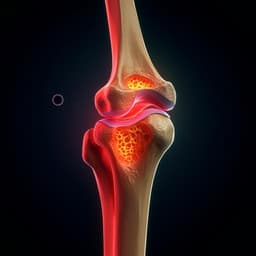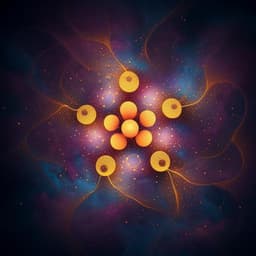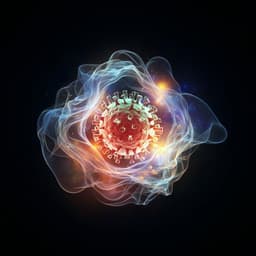
Medicine and Health
N,N-dimethyltryptamine compound found in the hallucinogenic tea ayahuasca, regulates adult neurogenesis in vitro and in vivo
J. A. Morales-garcia, J. Calleja-conde, et al.
This groundbreaking research by Jose A. Morales-Garcia and colleagues reveals the potential of N,N-dimethyltryptamine (DMT) in enhancing neurogenesis and cognitive function. The findings demonstrate that DMT activates the hippocampus, leading to improved memory performance and insights into adult neurogenesis. Discover how this fascinating compound could shape cognitive health!
Playback language: English
Related Publications
Explore these studies to deepen your understanding of the subject.







